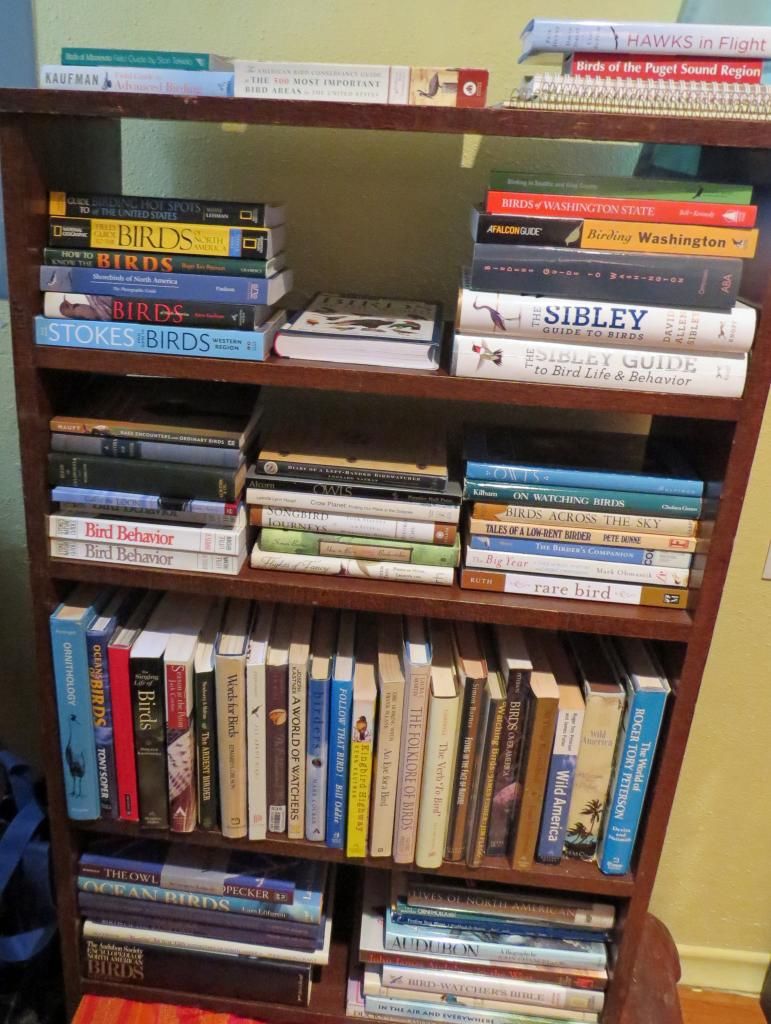Last weekend I saw an ad for a small sale of nature and
bird books at a private home, and as it was nearby, I checked it out. I felt an immediate rapport with the
homeowners, an elderly couple who had put the books out on tables on their back
patio. Their back yard and garden were
lovely, there were bird feeders about.
They had a lot of books on nature, wildlife, birds, and wood carving –
the husband did delightful wood sculpture of birds.
I bought this, and two others – sadly, a couple of book
dealers had been there before me and snatched up a lot of good stuff. They are the bane of bibliomaniacs everywhere
– they will swoop in on library sales, yard sales, and thrift stores and snatch
up a good many of the books to re-sell.
They have apps on their smartphones with which they scan the book’s ISBN
(International Standard Book Number) which will instantly tell them what it is
worth in the used book market.
But I still managed to get these three nice books, and I
had a nice chat with the couple, who had traveled far and wide throughout the
U.S., mostly to visit national parks and wildlife refuges.
That same weekend I saw an ad for an old Encyclopedia
Britannica set (1961!): "Free to a good home." I
jumped on it – I mean, why not? It’s
not as if I need a newer encyclopedia set, since I prefer history to contemporary
issues. The person who offered them said
he volunteered at a local food bank on Saturdays and could I pick them up there
– it was six blocks from my house, so that was easy, and it also turned out
that he knew my favorite neighbors who used to volunteer there too. Great rapport again, and another delightful
chat.
I love getting books in ways like this, from fun people
who have similar interests. And they
were all happy to know that their books had found a good home!








